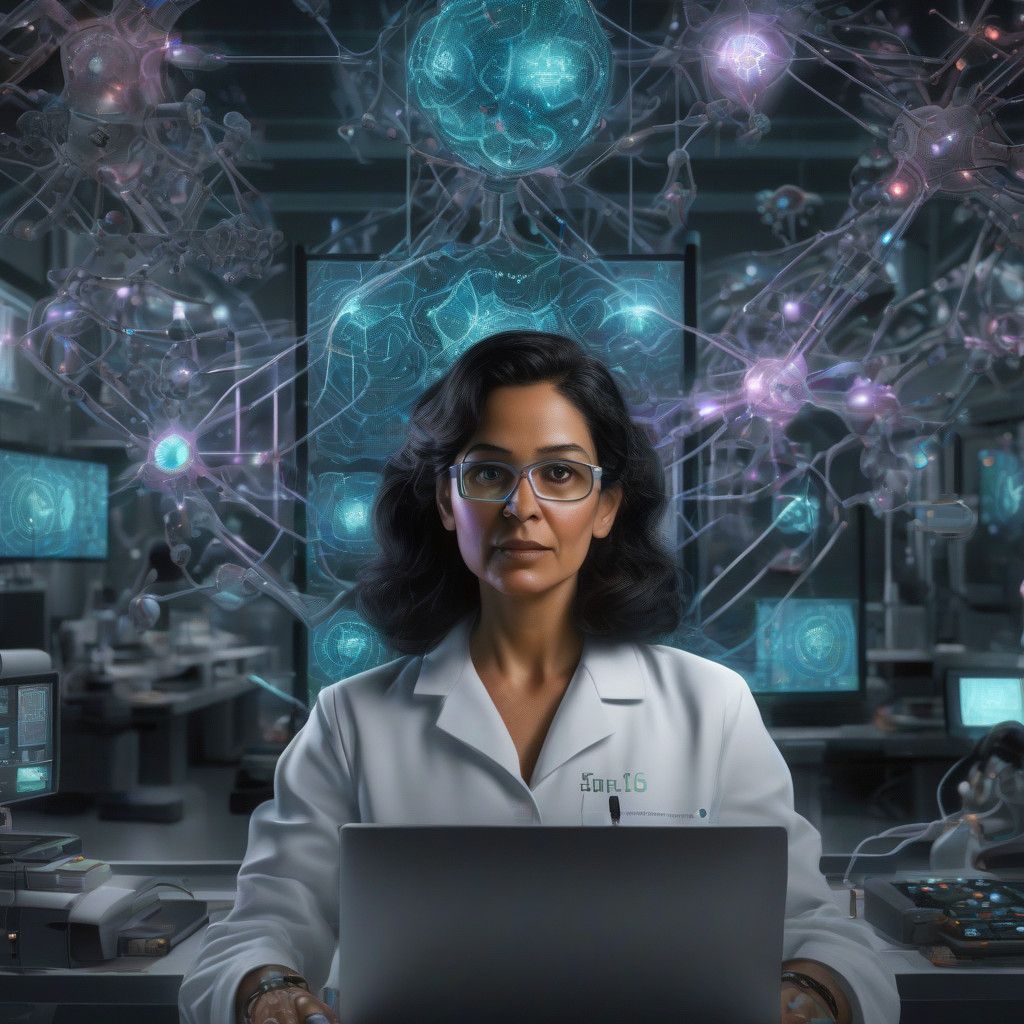In a landscape increasingly dominated by conversations around artificial intelligence, Ilya Sutskever, the former chief scientist at OpenAI, has made a noteworthy shift towards the development of safe AI systems. Launching his new venture, Safe Superintelligence (SSI), he intends to tackle the pressing issues of safety in the pursuit of superintelligent AI. This initiative emerges at a crucial time, as AI technologies advance at an unprecedented pace, amplifying concerns regarding their ethical and safe deployment.
Sutskever’s pivotal role in the evolution of generative AI models, such as ChatGPT, underscores his expertise in this domain. He has been a strong advocate for the scaling hypothesis, which suggests that AI performance improves significantly with increased computing power. However, with this understanding comes a profound responsibility; the rush towards superintelligence must be accompanied by thorough considerations of safety and ethical implications.
During an exclusive interview, Sutskever outlined SSI’s mission, emphasizing a different approach compared to the framework established at OpenAI. While the scaling hypothesis has driven innovation, he argues that the next phase of AI development must prioritize safety. This perspective aligns with broader industry sentiments that recognize the need for stringent safety measures as AI systems grow more potent and pervasive.
One of the core challenges identified by Sutskever is the definition of ‘safe’ AI. This term is currently nebulous, requiring extensive research to unravel its complexities. Addressing this concern, he stated that defining safety in AI systems is a complex task that necessitates rigorous analysis and evaluation as advancements are made. As AI capabilities expand, so too do the potential risks associated with their misuse or unintended consequences.
Sutskever touched upon the increasing intensity of safety concerns as AI systems evolve. He noted that rigorous testing and evaluation protocols become imperative as the implications of deploying superintelligent systems could redefine societal norms and operational standards across myriad sectors. This approach to safety resonates with many stakeholders who recognize the potential for misuse in an AI landscape that could outpace regulatory frameworks.
Although SSI does not plan to open-source all of its work, Sutskever highlighted that parts of their research concerning superintelligence safety may still be shared with the community. This willingness to collaborate signifies a commitment to contribute meaningfully to the dialogue surrounding AI safety, working alongside other companies to foster a culture of responsibility in AI development.
Sutskever expressed optimism about the broader AI community’s engagement with safety measures, believing that as companies progress, they will gradually acknowledge the gravity of the challenges at stake. His vision for SSI is rooted in the conviction that AI’s exponential growth should not eclipse the necessary discussions on safety and ethical accountability.
The launch of Safe Superintelligence represents a critical step toward ensuring that the pursuit of superintelligent AI aligns with societal values and priorities. The integration of safety into AI development not only reassures the public but also establishes trust in a technology that promises to reshape the future.
In conclusion, Ilya Sutskever’s venture into the realm of safe superintelligence is a call to action for the entire AI community. By prioritizing safety, SSI aims to navigate the challenges posed by powerful AI systems and contribute to the establishment of a secure framework that governs their use. As the conversation around AI safety continues to evolve, Sutskever’s insights will likely play a pivotal role in shaping the future trajectories of artificial intelligence.












